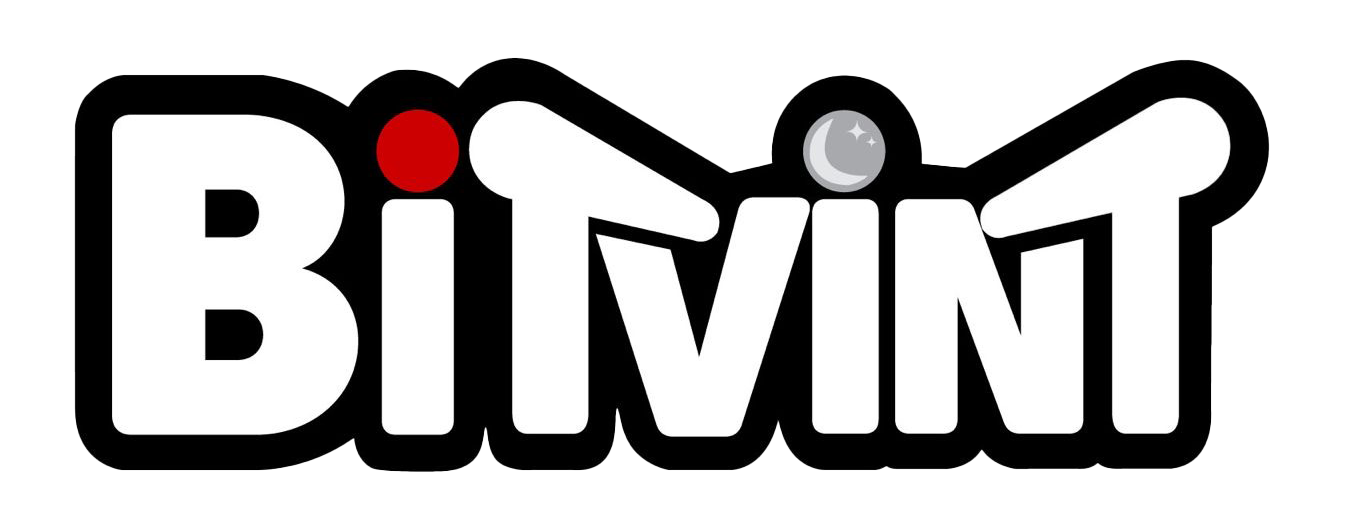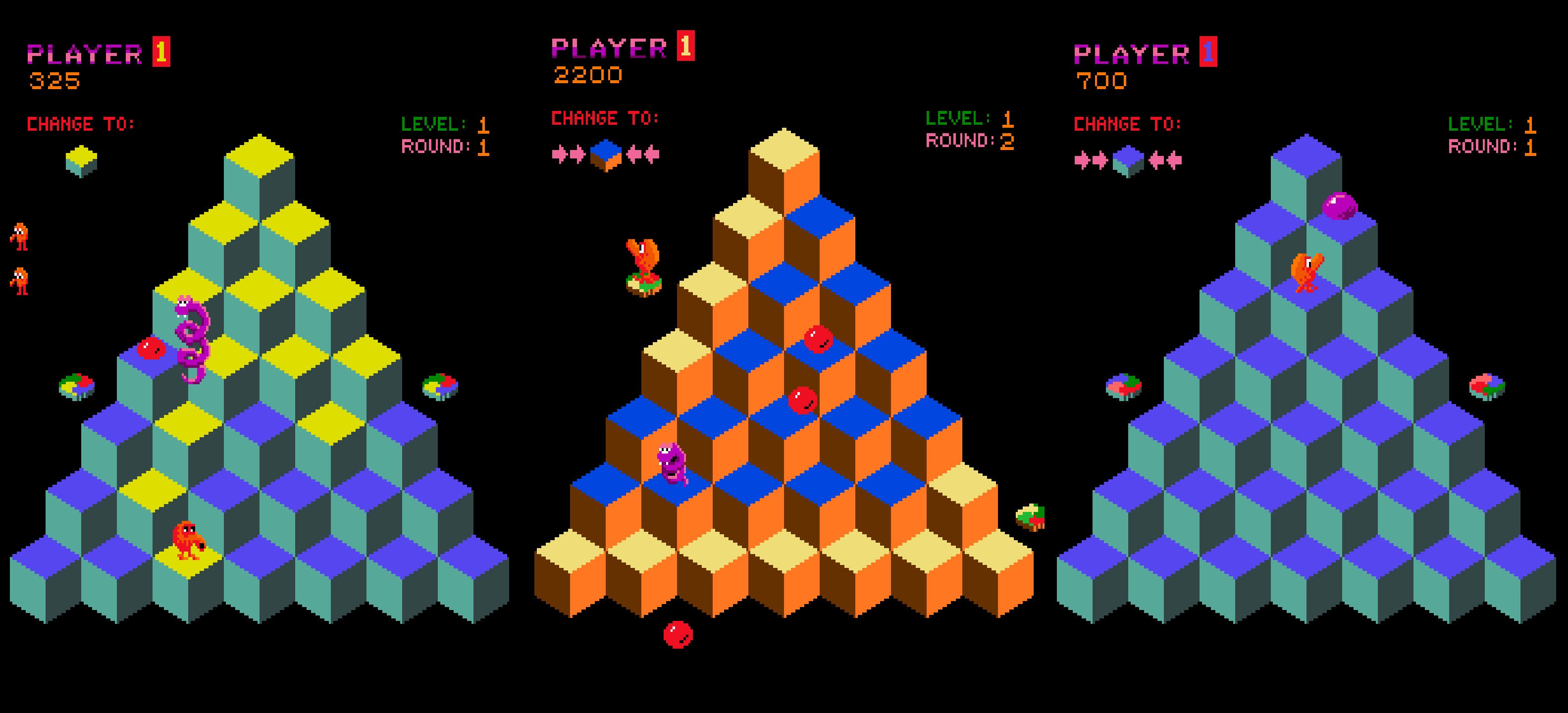Introduction
Q*bert is one of the most beloved and unique arcade games of the 1980s. Developed by Gottlieb and released in 1982, the game became an instant hit with its colorful visuals, challenging gameplay, and quirky characters. Beyond its addictive mechanics, Q*bert has a fascinating history filled with fun facts and behind-the-scenes stories. Here are the top 10 of the most interesting facts about this arcade classic that every retro gaming fan should know!
10. Gameplay Stops Changing After Level 5
Arcade games were often designed to gradually increase in difficulty to encourage players to insert more coins. However, in Q*bert, the challenge plateaus at Level 5 because designer Warren Davis didn’t think anyone would get that far.
“But the dirty little secret of Qbert is that the tuning actually doesn’t change after Level 5. That’s right - Levels 6 through 9 and beyond are all simply re-using the same tuning tables for Level 5. The reason for this was simple: I didn’t think anyone would ever play that far on one quarter!” — Warren Davis, lead designer of Q*bert
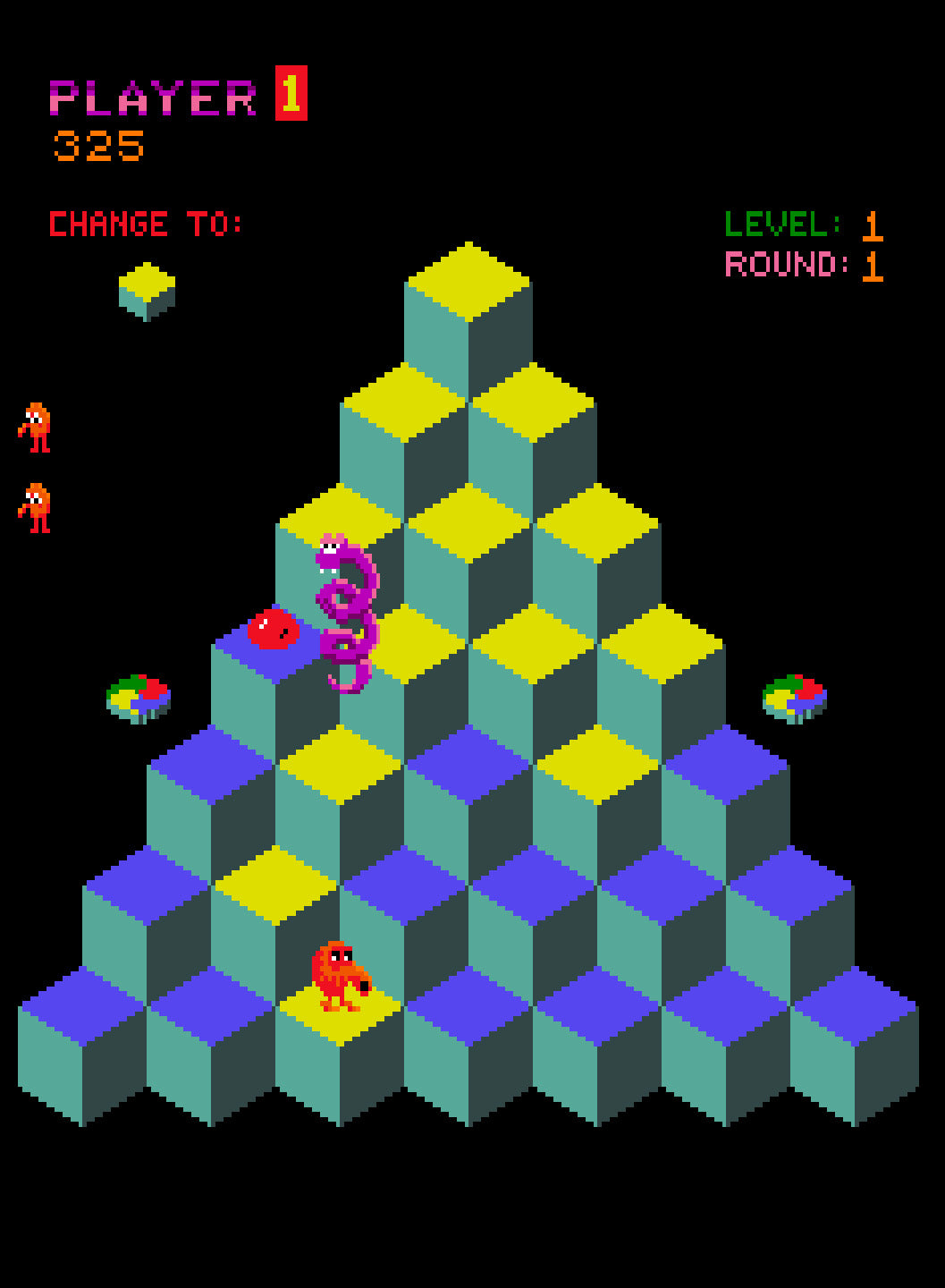
9. Before It Had a Name, It Was Called The Cubes Game
Before it was officially named Q*bert, the game was internally referred to as The Cubes Game during development.
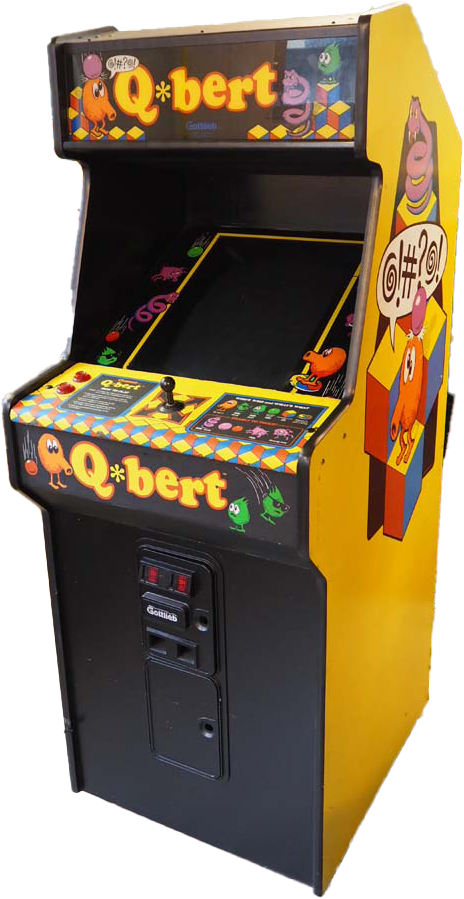
8. Meet Coily, Slick, and Sam
The snake enemy in Q*bert is named Coily, while the green creatures that reverse cube colors are called Slick and Sam.
“Coily was an obvious choice for our coiled snake. The names Slick and Sam, given to the green creatures who worked against the player by turning cubes back from their target color, was a play on the phrase ‘spick-and-span’.” — Warren Davis, lead designer of Q*bert
7. A Track & Field-Themed Q*bert Game Was in Development
As a sequel to Q*bert, a game called Q*lympics, a Q*bert-themed Track & Field, was in development but was quickly scrapped.
“I wasn’t against it (Q*lympics) - I just didn’t want to do it.” — Warren Davis, lead designer of Q*bert
6. Q*bert Has a Pinball Machine
Q*bert was popular enough to inspire its own pinball game, called Q*bert’s Quest.
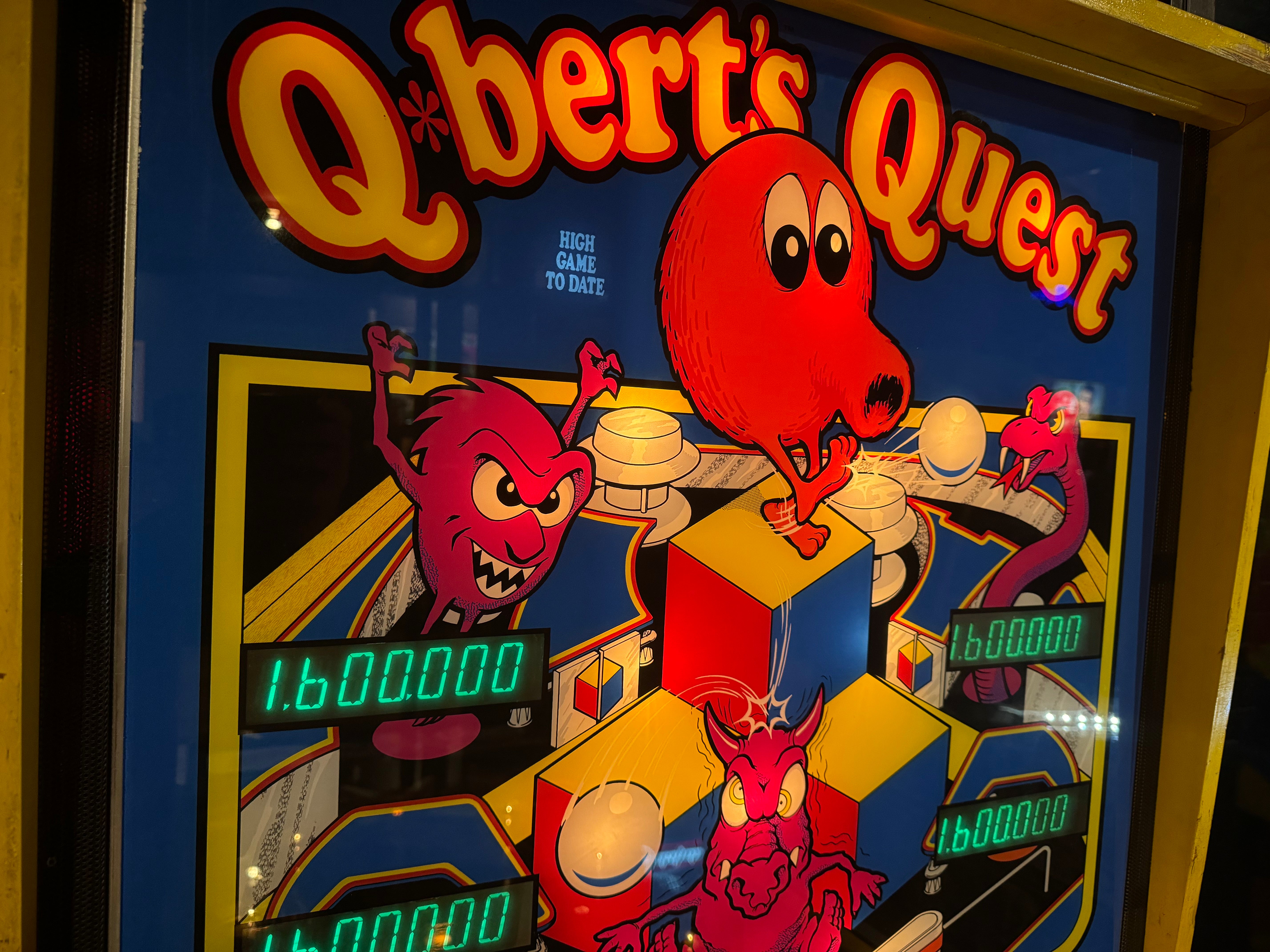
5. Q*bert’s Gibberish Speech Was a Happy Accident
Limited by the capabilities of the Votrax SC-01A speech chip, the team experimented with generating randomized sounds, which resulted in Q*bert’s signature gibberish.
“He decided to just throw random numbers at the Votrax and see what would happen. The result is the gibberish that became Q*bert’s voice.” — Warren Davis, lead designer of Q*bert
4. Q*bert Was Originally Designed to Shoot Projectiles from His Nose
Artist Jeff Lee originally designed Q*bert to shoot projectiles out of his nose, but this idea was scrapped early on.
“As much as I liked the goofiness of that idea, I really didn’t see any need for shooting anything at this point.” — Warren Davis, lead designer of Q*bert
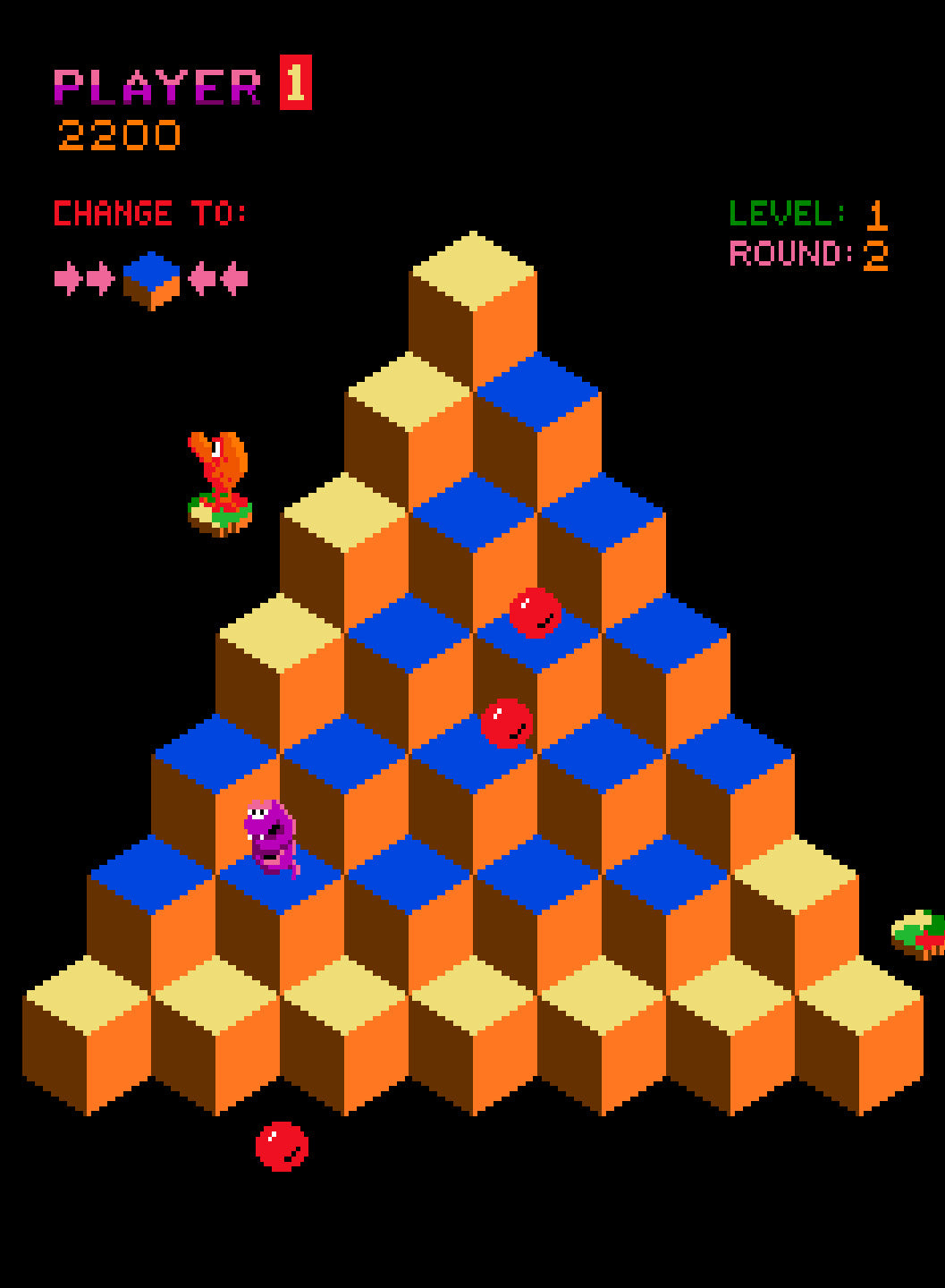
3. The Arcade Cabinet Had a Knocker for Sound Effects
To enhance immersion, the Q*bert arcade cabinet included a pinball knocker that made a loud sound whenever Q*bert fell. Originally, a piece of foam was planned to make it sound like a sack of potatoes hitting the floor, but it was removed to cut costs.
“I wrote the code to trigger the knocker at the proper time, and… magic! It sounded perfect. It drew the reality of the game off the screen and into the real world in a very fun way, and I loved that.” — Warren Davis, lead designer of Q*bert
2. An Enhancement Kit Was Developed Out of Fear the Game Was Too Easy
Arcade operators prioritized games that maximized revenue, and long play sessions on a single quarter could reduce earnings. This led to the development of an enhancement kit called FMHC (Faster, Harder, More Challenging) Q*bert.
“Obviously, a game that can be played for hours on one quarter doesn’t take in as much money as one with lots of turnaround, and if an operator has a game that’s not taking in money, they’re going to want to replace it with a better earner as soon as possible. I panicked, thinking if I didn’t take immediate action the game would die a quick death.” — Warren Davis, lead designer of Q*bert
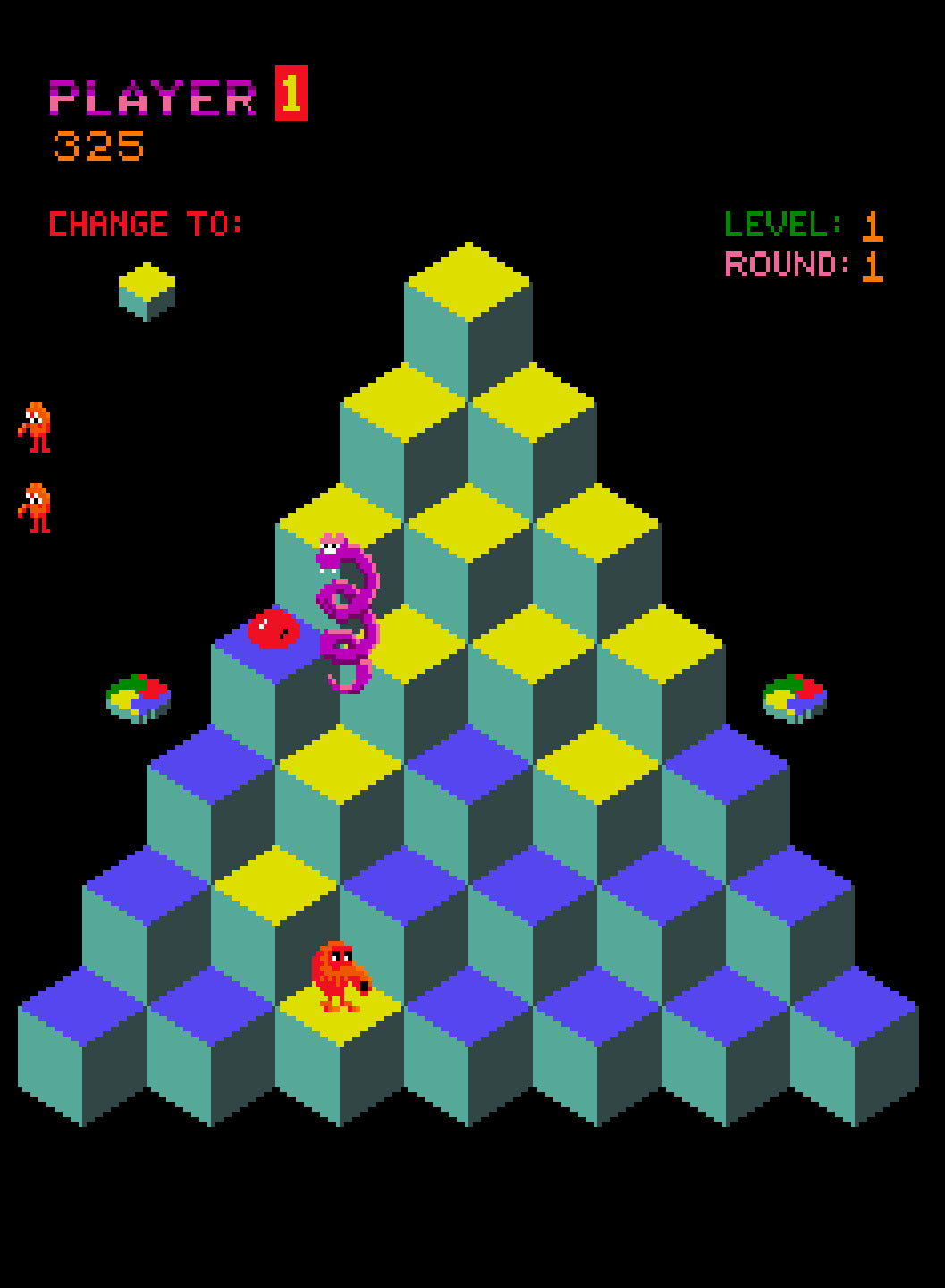
1. The Evolution of the Name Q*bert
The game’s name went through several iterations, starting as Hubert, then Cubert, then Q-Bert, before finally becoming Q*bert.
“Why Hubert?” We all asked. “Well, it’s a name. And it seems to suit the character. Plus it sounds like ‘cube’ and the game is about cubes.” — Warren Davis, lead designer of Q*bert
Conclusion
From its quirky name evolution to hidden mechanics and even an abandoned sequel, Q*bert remains one of the most unique arcade games ever made. Its legacy continues through ports, merchandise, and even a pinball machine. Whether you're a longtime fan or just discovering this classic, these fun facts highlight why Q*bert still stands out in arcade history.
Sources
- Davis, Warren. Creating Q*bert and Other Classic Video Arcade Games. Santa Monica Press, 2021.
Want to Go Deeper Into Arcade History?
If this top list left you craving more, dive into the complete stories behind some of the most iconic arcade genres and franchises. These articles explore the rise, innovation, and legacy of the games that shaped arcade culture:
- Pac-Man: The Game That Ate the World – Discover how Pac-Man became a global pop culture icon and redefined arcade gaming forever.
- Pac-Man vs. Ms. Pac-Man: 5 Key Differences Every Gamer Should Know – Compare the gameplay, design, and legacy of these two legendary maze chasers.
- The Story Behind Ms. Pac-Man: From Unauthorized Mod to Arcade Classic – Learn how a hacked Pac-Man board evolved into one of the best-selling arcade games of all time.
- Donkey Kong’s Rise to Fame: How a Desperate Bet Created a Gaming Legend – The untold story of how Nintendo turned failure into a global icon, launching Mario, Miyamoto, and a new era of arcade storytelling
- Defender: The Game That Changed Everything – How a risky bet and a radical vision helped redefine arcade design forever.
